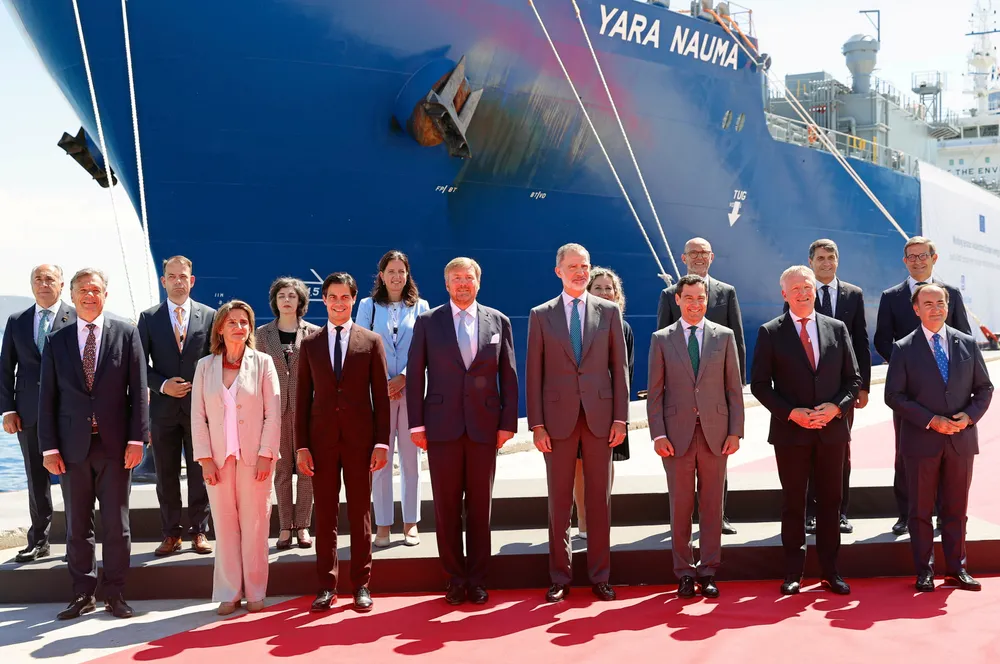Cepsa launches €1bn Spanish green ammonia plant, eyes exports to Port of Rotterdam this decade
The oil & gas firm has partnered with fertiliser giant Yara to set up a 'north-south European hydrogen corridor'

The oil & gas firm has partnered with fertiliser giant Yara to set up a 'north-south European hydrogen corridor'
